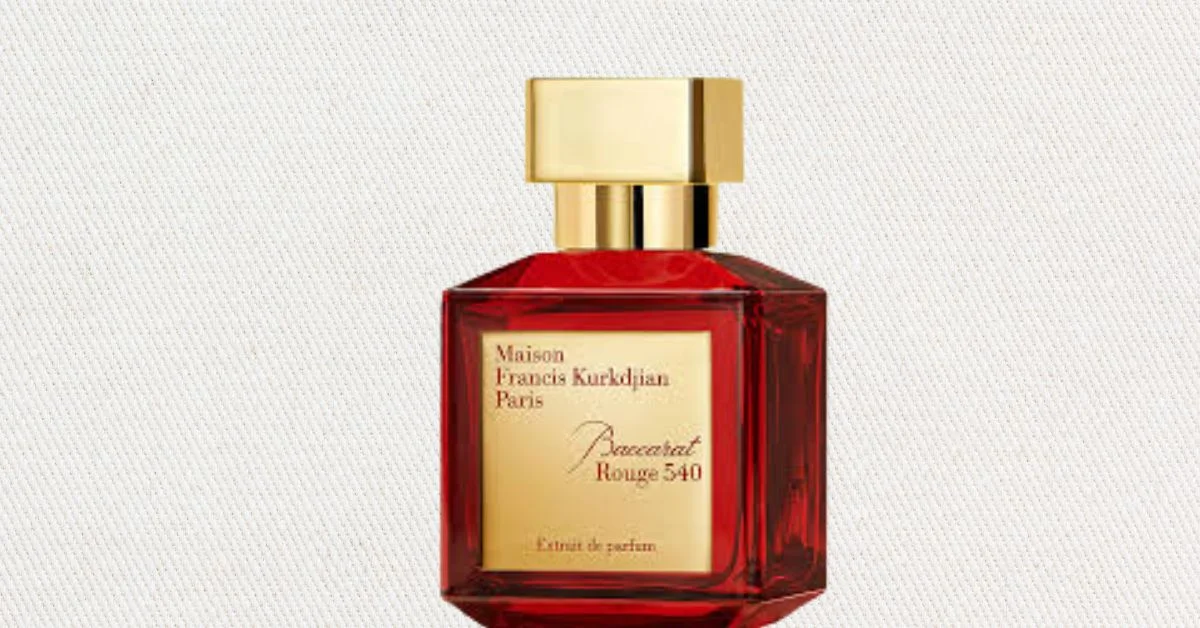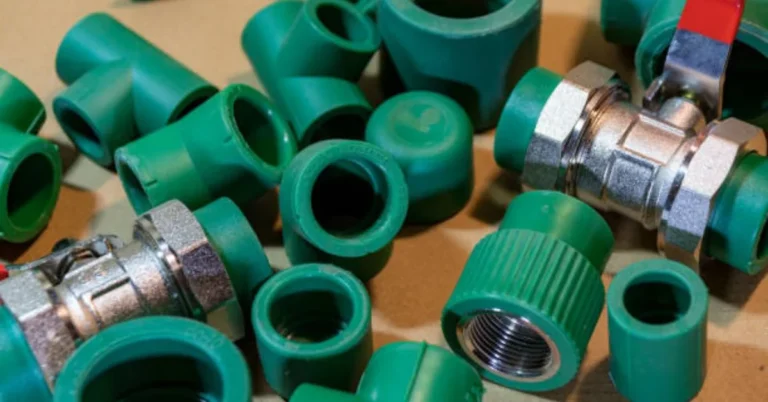
Perfume has been a part of human culture for centuries, serving as a means of self-expression, a way to capture memories, and a subtle form of luxury. Among the many types of fragrance concentrations available—such as eau de toilette, eau de parfum, and cologne—extrait de parfum occupies a special place. Known as the purest and most concentrated form of perfume, extrait de parfum offers an olfactory experience that is both long-lasting and richly layered.
This article will explore the world of extrait de parfum in depth. We’ll look at what makes it different from other concentrations, the art of its creation, how to apply it, how to choose the right one, and how to care for it to maintain its quality. By the end, you’ll have a thorough understanding of why extrait de parfum is considered the crown jewel of perfumery and how to enjoy it to its fullest potential.
1. What Is Extrait de Parfum?
Extrait de parfum—sometimes referred to as pure perfume or perfume extract—is the most concentrated type of fragrance available in commercial perfumery. It contains the highest proportion of aromatic compounds compared to other formulations. While eau de toilette (EDT) may have a fragrance concentration of around 5–15%, and eau de parfum (EDP) typically ranges from 15–20%, extrait de parfum usually contains 20–40% aromatic essence.
This high concentration means that extrait de parfum provides exceptional longevity, often lasting 8–12 hours on the skin, with some formulas lingering for more than a day. It also tends to have a richer, more nuanced scent profile, as the higher proportion of essential oils allows for deeper complexity and smoother transitions between top, middle, and base notes.
2. A Brief History of Extrait de Parfum
The origins of perfume date back thousands of years, with ancient civilizations like Egypt, Mesopotamia, and Rome using fragrant oils for religious ceremonies, personal adornment, and medicinal purposes. These early perfumes were essentially pure extraits, as they were created by macerating aromatic materials in oils or fats, resulting in highly concentrated concoctions.
In modern perfumery, the distinction between concentrations emerged during the late 19th and early 20th centuries as fragrance houses developed multiple formats to cater to different tastes and budgets. Extrait de parfum became the pinnacle of a fragrance line, often presented in luxurious bottles and reserved for those who sought the most intense and long-lasting experience.
3. Composition and Structure of Extrait de Parfum
Fragrances are built in layers, often referred to as the olfactory pyramid:
- Top Notes: The initial impression, often fresh, citrusy, or herbal, lasting a few minutes to an hour.
- Heart (Middle) Notes: The central character of the fragrance, typically floral, fruity, or spicy, lasting several hours.
- Base Notes: The foundation, usually woody, amber, musky, or resinous, providing depth and lasting power.
In extrait de parfum, each layer is more concentrated, which changes how the fragrance develops over time. The transition between layers tends to be smoother and less abrupt, and the base notes become more prominent earlier in the wear.
The higher concentration also means that the perfumer can use richer raw materials without worrying about them being lost in dilution. This results in a fuller, more luxurious scent experience.
4. How Extrait de Parfum Differs from Other Concentrations
a) Longevity and Sillage
Extrait de parfum is designed to last. While lighter concentrations like eau de cologne may fade within a couple of hours, an extrait can last all day or longer. Its sillage—the trail of scent left behind—is often more intimate than that of eau de parfum, enveloping the wearer rather than projecting far into the air.
b) Intensity and Complexity
Because of its high oil content, extrait de parfum delivers a more complex scent that evolves slowly over time, revealing subtle nuances.
c) Application Method
While you might spray an eau de parfum generously, extrait de parfum is best applied sparingly, often with a dab or drop, as the scent is highly potent.
d) Price Point
Due to its concentration and the quality of materials used, extrait de parfum tends to be more expensive than other concentrations.
5. The Art of Applying Extrait de Parfum
Applying extrait de parfum is as much an art as it is a personal ritual. Because of its potency, a small amount is sufficient to make a lasting impression. Here are some tips:
- Pulse Points: Apply to areas where blood vessels are close to the skin—wrists, behind the ears, at the base of the throat—where warmth helps release the fragrance.
- Avoid Rubbing: Rubbing your wrists together can break down the perfume molecules and alter the scent’s evolution.
- Clothing Application: A tiny dab on clothing or hair can prolong the scent, but always test first to ensure it doesn’t stain fabric.
- Layering: Pairing your extrait with matching body lotions or oils can enhance longevity and create a richer scent aura.
6. Choosing the Right Extrait de Parfum
Selecting the perfect extrait requires considering your personal taste, lifestyle, and the occasions you plan to wear it.
a) Scent Families
- Floral: Rose, jasmine, tuberose—romantic and classic.
- Oriental: Warm spices, amber, vanilla—sensual and rich.
- Woody: Sandalwood, cedar, patchouli—grounding and sophisticated.
- Fresh: Citrus, green notes, aquatic—energizing and clean.
b) Season and Climate
Richer, heavier extraits work well in cooler weather, while lighter, fresher compositions are more comfortable in heat.
c) Occasion
An intense extrait may be perfect for evening wear or special events but might feel overpowering in casual daytime settings.
7. Caring for Your Extrait de Parfum
Extrait de parfum is an investment, and proper care ensures it maintains its quality for years.
- Store Away from Light: Sunlight can degrade fragrance compounds.
- Keep Cool: Heat can alter the scent profile. Room temperature or slightly cooler is ideal.
- Seal Tightly: Air exposure can oxidize the oils.
- Avoid Frequent Shaking: This can introduce air bubbles and destabilize the formula.
When stored correctly, extrait de parfum can last several years without significant change in scent quality.
8. Why Choose Extrait de Parfum?
The choice to wear extrait de parfum often comes down to a desire for a deeply personal, long-lasting, and luxurious fragrance experience. Its higher concentration not only means greater longevity but also a smoother, richer scent evolution. For fragrance enthusiasts, it represents the truest expression of a perfumer’s vision, with every note given room to shine.
Conclusion
Extrait de parfum is more than just a strong fragrance—it’s the purest form of perfumery, offering richness, depth, and a lasting impression that other concentrations cannot match. Whether you are a seasoned perfume collector or simply someone looking for a signature scent that truly lingers, understanding extrait de parfum will help you appreciate both its artistry and its luxurious nature. By selecting, applying, and storing it carefully, you can enjoy its beauty for years to come.
5 Frequently Asked Questions (FAQs)
1. How long does extrait de parfum last on skin?
Typically 8–12 hours or more, depending on the scent profile, your skin chemistry, and application method.
2. Is extrait de parfum too strong for daily wear?
It depends on the fragrance. Many extraits have softer projection and can be worn daily if applied sparingly.
3. Why is extrait de parfum more expensive than eau de parfum?
It contains a higher concentration of costly aromatic ingredients, requiring more raw materials and careful formulation.
4. Can I layer extrait de parfum with other fragrances?
Yes, but it’s best to pair with complementary scents or matching body products to avoid clashing notes.
5. Does extrait de parfum expire?
While it doesn’t have a fixed expiration date, proper storage can keep it in excellent condition for many years.
For more information, click here.







